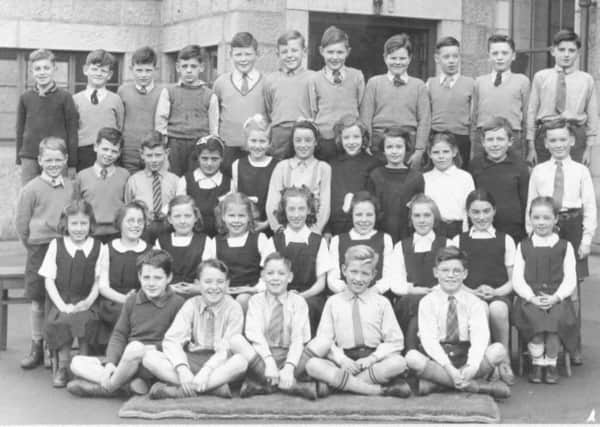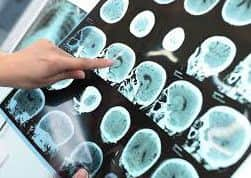Pensioner school scores boost dementia research


Former pupils born in 1921 and 1936 who sat an national educational test 11 years later are working with Aberdeen University researchers on a unique long-term study.
Using the results of the original exam - along with the findings of ongoing brain scans and mental ability tests - researchers have been able to determine how intelligence can reduce the effects of the disease in later life.
Advertisement
Hide AdAdvertisement
Hide AdIt has been found that while topping the class at school may not stop you getting dementia, your brain is more likely to develop a “cognitive reserve” which can protect from its affects.


Professor Alison Murray, a radiologist with a speciality in brain degeneration, said: “When we look at brain scans we found that the people who had more education are protected from the harmful affects from the damage found on brain scans. They are not as impaired as much.
“This cognitive reserve is something that people are now very interested in and particularly how we can increase everyone’s cognitive reserve.”
Researchers have examined the size of the brains hippocampus, which is linked to memory and particularly short-term memory and lesions of the brain due to blood vessel disease as part of the research.
The study was set up by Professor Lawrence Whalley, former professor in mental health at Aberdeen University, who wanted to use the wealth of information available about children’s academic achievement in Scotland.
Scotland is the only country in the world to test an entire age group - almost 89,000 children sat the Moray House Test in 1932.
Of these, 2,792 took the exam with Professor Whalley identifying over 300 survivors. Of these 275 were invited to first help the research in 1997.
The same tracing process was conducted again for the 1936 birth cohort, who took a similar educational test in 1947.
Advertisement
Hide AdAdvertisement
Hide AdOne of the volunteers from this group was Ann McCrae, now 79, who continues to live in Aberdeen city centre.
Mrs McCrae, a widow and mother of two son, was a former pupil of Sunnybank Primary
She said she agreed to take part to see if she was at risk of developing Alzheimer’s
Mrs McCrae said: “I have had about two or three brainscans and have gone through a few tests, like doing a Rubik’s cube or they will give you 10 names and then you have to see how many you can remember. You do forget a couple of the names as time goes on.
“But it’s good, people think I might be dotty but at least I can tell them I don’t have Alzheimer’s.
“I just think if by being a part of this it is going to help my children or my grandchildren, then I am happy to do it.”
This is probably because they are using their brain in difference ways and there has been a build up of additional pathways in the brain
The goal of the project is to determine what life-course factors contribute to cognitive reserve - a moderator which allows an individual to preserve cognitive functions despite underlying brain pathology. Understanding cognitive reserve is an important research goal in cognitive ageing and dementia research. Maximising cognitive reserve could significantly reduce the burden of cognitive impairment and dementia on individuals, health care providers and society.